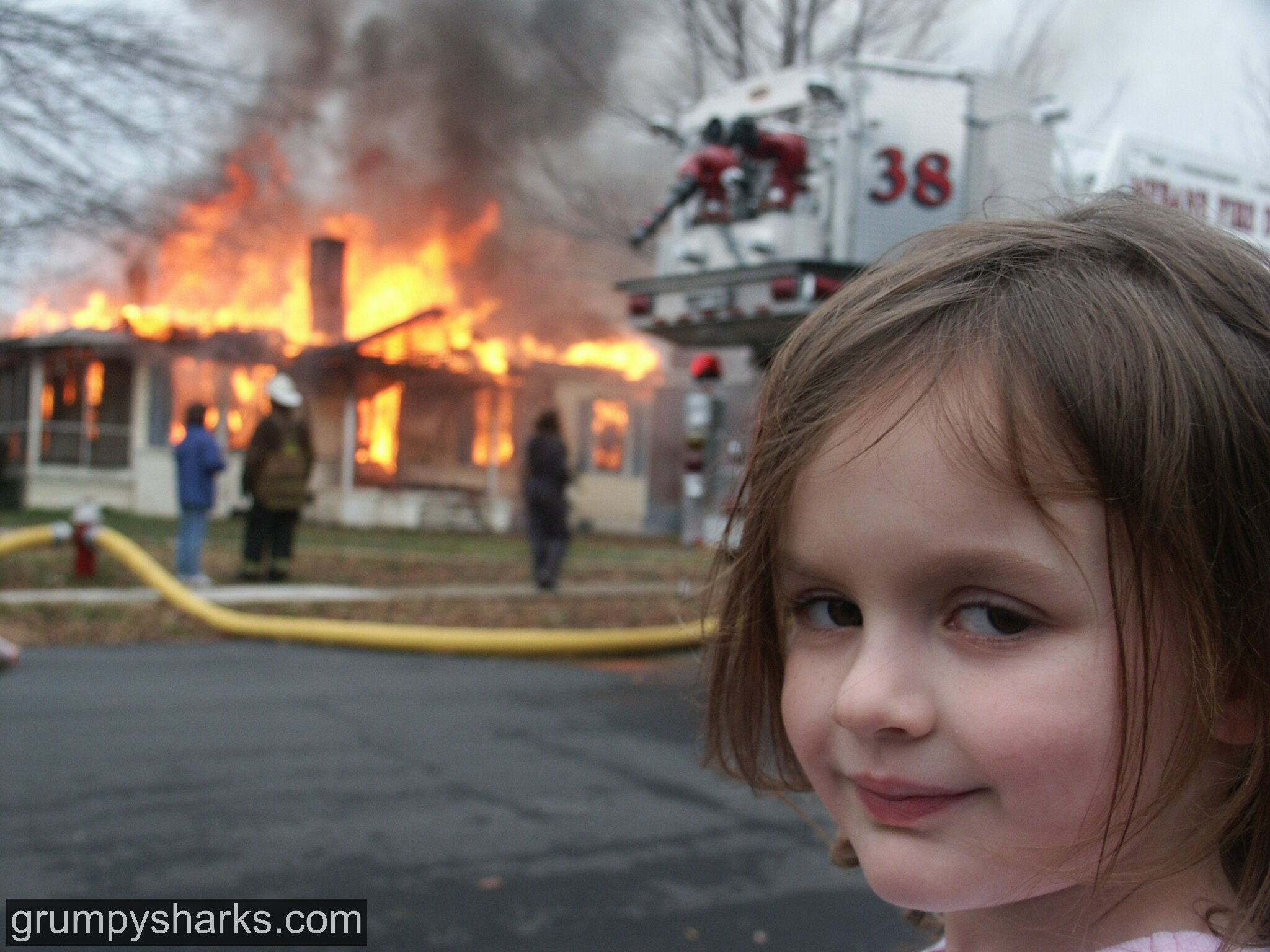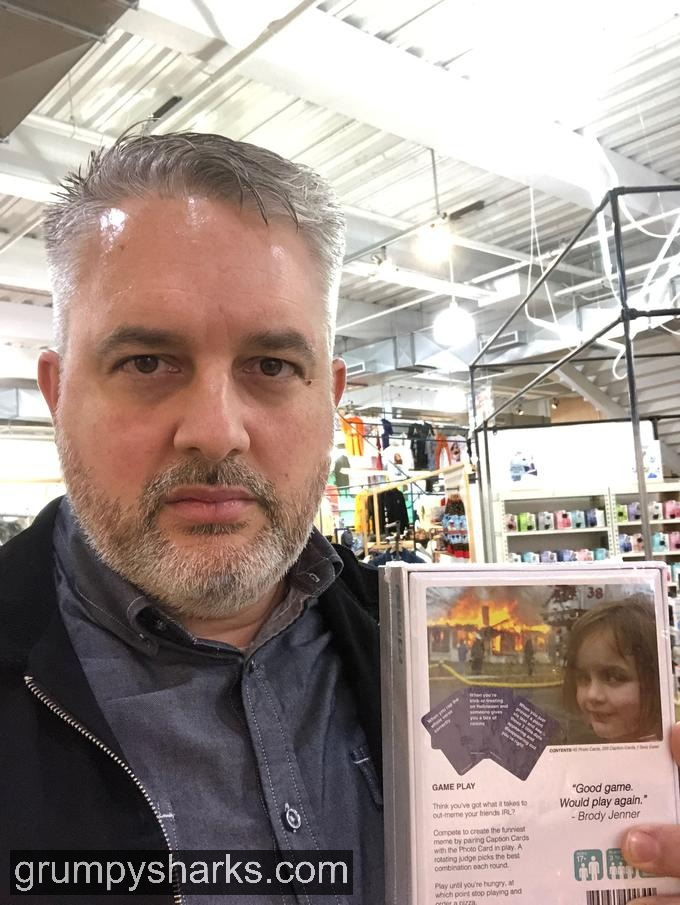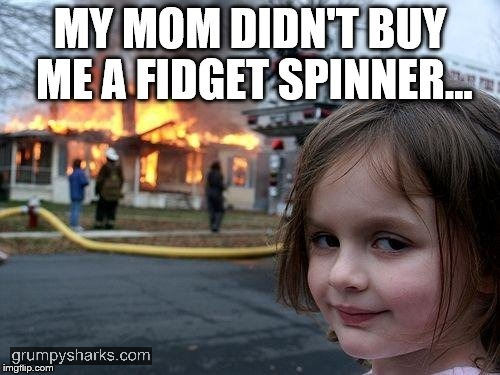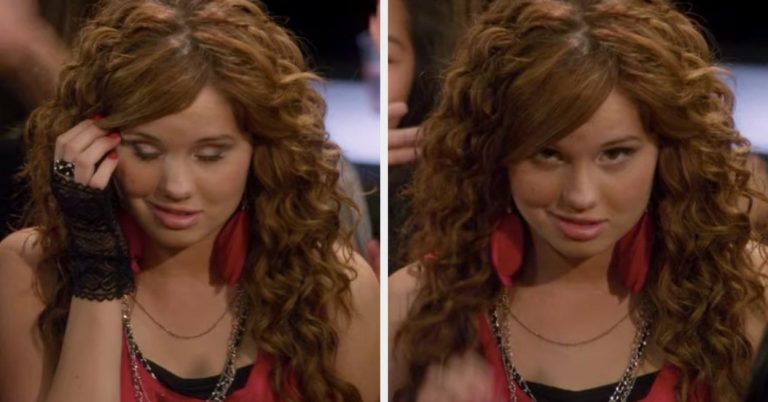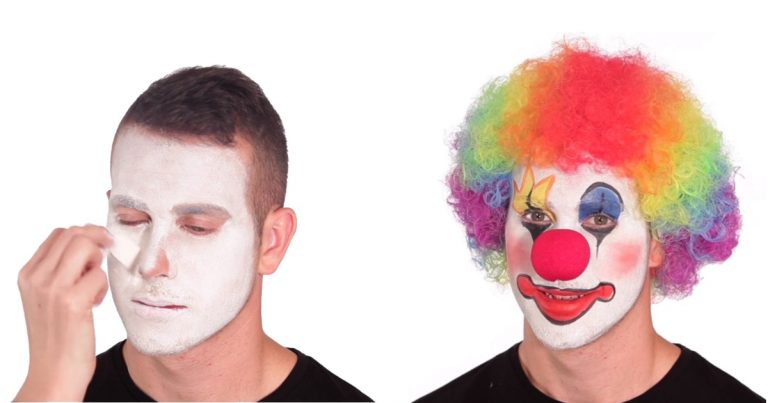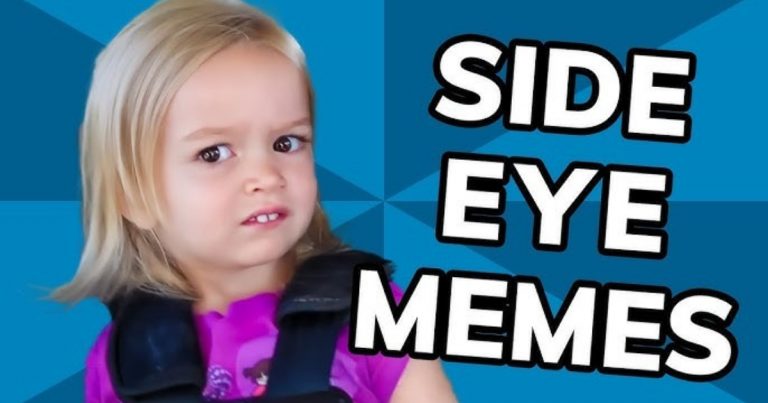Why The “Disaster Girl” Meme Perfectly Captures Dark Humor And Quiet Chaos?
The Disaster Girl meme, featuring Zoe Roth smiling in front of her father’s burning house, is a classic and viral piece of dark humor and quiet chaos. The image was taken in 2005 by her father, who was taking stills of the fire for a training, before emerging online in 2008, and eventually spread across Reddit and meme culture.
The meme’s power is derived primarily from the unsettling contrast between Zoe’s calm and smiling face against the destruction behind her, and the possibility of schadenfreude. From the charmingly captioned quips to bizarre Photoshop remixing, the meme has since thrived on various social media sites like Twitter and TikTok, which have allowed the meme to thrive in a new and modern sense of irony.
Zoe’s NFT sale in 2021 for a reported $500,000 officially solidifies itself in the annals of meme history alongside algo-based memes like “Success Kid.” But will it stand the test of time? The contradiction of childhood innocence and something chaotic that the meme captures makes it a prime candidate to remain relevant for a long time.
1. What Is the ‘Disaster Girl’ Meme?
What Does the Meme Depict and How Is It Used?
The Disaster Girl meme features a four-year-old Zoe Roth appearing to smile devilishly while a house is engulfed in flames behind her. The image has an inherent discomfort, suggesting that Zoe is either passively the cause of the chaos or enjoying it.
Its usage is like “starting the drama and walking away” or “watching a nemesis fail.” Some captions and phrases like “Me after ruining the group chat” further the amusement, making it a consistent Internet image for ironic or sarcastic commentary about chaos or destruction.
Is Disaster Girl the Most Iconic Example of Dark Humor in Meme Form?
It is a strong competitor. The Disaster Girl meme successfully combines playfulness with destruction in a way that very few other memes achieve. Zoe’s innocent, child-like smirk juxtaposed against the flames of her father’s home sets a tone that is playful yet nefarious, a juxtaposition that is an effective vehicle for dark humor.
The meme’s versatility in use and its instant recognizability as a meme truly place it in the ranks of memes that have become classics and achieve similar ironic cultural significance.
2. Where Did the Meme Come From?
Who Took the Original Photo, and Why?
In 2005, this photo was taken by Zoe’s father Dave Roth during a controlled fire training burn in North Carolina. Zoe’s calm smile, captured during a fire fighting drill in a burning house, was a candid participant interaction, not deliberate villainy.
The natural contrast of a calm child while chaos occurs in the fire behind Zoe made the picture primed for viral meme potential.
When and How It Went Viral Online
This photo first appeared online in 2008 on JPG Magazine as a beautiful amateur photograph submission. It became popular on Reddit in 2010 and was tracked on the social media site Know Your Meme.
Meme creators photoshopped and captioned Zoe’s calm smile to symbolize cunning chaos. The social media sites expanded the original meme until it morphed into a staple of meme culture.
3. Why is the Disaster Girl Meme So Powerful?
Why the Image Resonates
The power of the meme lies in its visual tension: a young girl’s calm, possibly smug, expression at the same time as a raging fire. This tension invites the viewer to experience schadenfreude (pleasure in the pain of others) or ironic distance (it feels amazing watching your enemy fail!).
This image is a visual metaphor of a kind of quiet rebellion, resonating with anyone who loved the moment of chaos in an otherwise orderly existence.
Other Memes Intermingling Childhood Imagery with Catastrophy
The Disaster Girl Meme’s vibes are also shared by “This is Fine” (a dog in a burning room), and the “Burn It All Down” Elmo meme. “This is Fine” and Elmo acknowledge, embrace, and revel in the chaos and disaster in an ironic form of calm.
Disaster Girl, unlike the meme “Laughing Crying Cat,” which usually presents ironical angst based on heavy laden verbal soliloquy narrative, instead, relies on one visual image to tell its story; thereby offering more immediacy and universality than perhaps the structures of language.
4. Popular Formats and Meme Adaptations
Captioned Variants
Captions like “My mom didn’t buy me a fidget spinner” or “Me watching my group project fall apart” pair perfectly with Zoe’s smirk. These quips, shared on Twitter and Instagram, highlight the meme’s versatility in mocking personal or social chaos with a sarcastic edge. The humor lies in owning the chaos without saying a word.
Photoshop Remix and Cultural References
Meme producers have inserted Zoe into scenes of famous disasters, such as movie scenes, explosions or real historical events, all to maintain Zoe as a “chaos agent” in her new identity.
Examples include collage images of Zoe in a picture of the Titanic sinking, or including her into political scandals and other mischief to elicit a sense of blame. These photoshop remixes help keep the meme alive on different platforms such as Reddit or TikTok.
5. Why the Meme Endures in the Age of Dark Humor
Accepting Chaos with a Grin
The Disaster Girl meme embodies the love of irony and dark humor that characterizes contemporary internet culture. For Millennials and Gen Z, who have been grappling with significant uncertainty in recent years, the Disaster Girl meme, at least for the perspective of the viewer, represents a collective way to laugh about chaos.
Whether it’s a botched project that leaves the team stressed, or a total meltdown of an entire area of our culture or society, the Disaster Girl meme leverages Zoe’s smirk as an image of an almost villainous satisfaction that speaks to the sarcasm that pervades out digital age online.
Is the meme cathartic or cynical?
Both! For some, the meme is cathartic, representing a way to laugh off the dumpster fires of our lives. For others, the meme represents a way to be cynical, letting their amusement come from quotidian destruction with total detachment.
The meme’s duality, satire and self awareness, gives viewers permission to project their own feelings, making the meme theoretically adaptable ad infinitum.
6. Will Disaster Girl Remain Relevant in the Future of Meme Culture?
Memes that Resurface in Moments of Maximum Chaos
The Disaster Girl meme remerges during times of chaos—political scandals, tech failures, cultural dramas, etc. Given its timeless theme of smirking while chaos unfolds before us, the Disaster Girl meme will undoubtedly resurface with new captions or remixes during turbulent times, as global events continue to fuel dark humor into 2025 and more.
The memory of shaping meme perspectives in complex emotional landscapes
The meme makes good use of visual storytelling style that combined elements of childlike innocence, irony, and rebellion. The Disaster Girl meme opened the way for emotionally nuanced memes, where a single image can convey complicated feelings. The meme legacy is to stay relevant while integrating different segments of internet humor as it evolves.
Conclusion
The Disaster Girl meme, with Zoe Roth’s sly smirk and a burning house, is a masterclass in dark humor and quiet chaos. From a 2005 photo to a 2021 NFT sale, its journey mirrors the internet’s love for irony and rebellion.
Its emotional contrast—calm amid destruction—makes it a versatile tool for mocking life’s messes, from personal fails to global dramas. Thriving on Reddit, TikTok, and beyond, it stands tall among meme giants like “Success Kid.” As long as chaos exists, Disaster Girl will smirk on, a timeless icon of internet wit.

